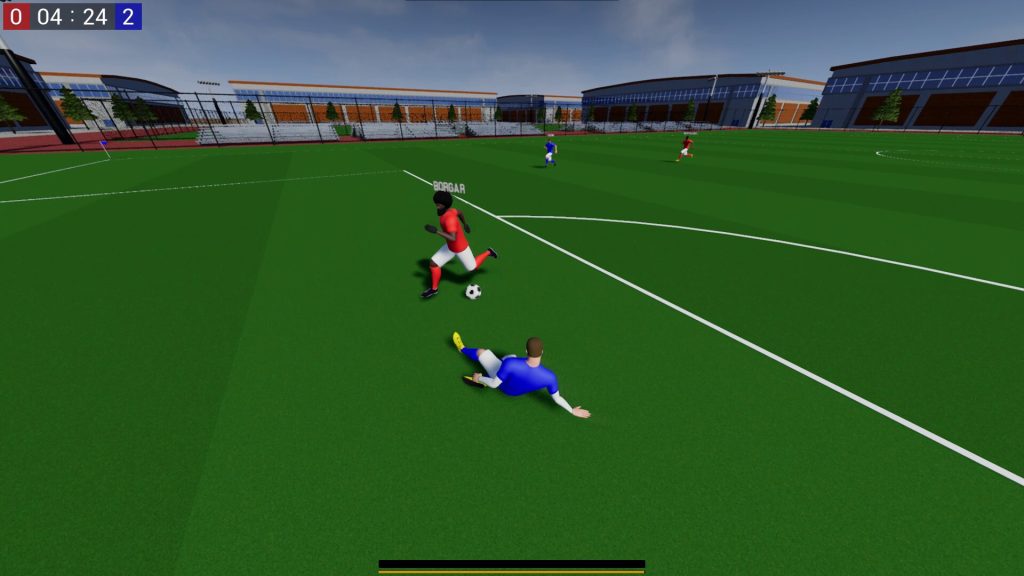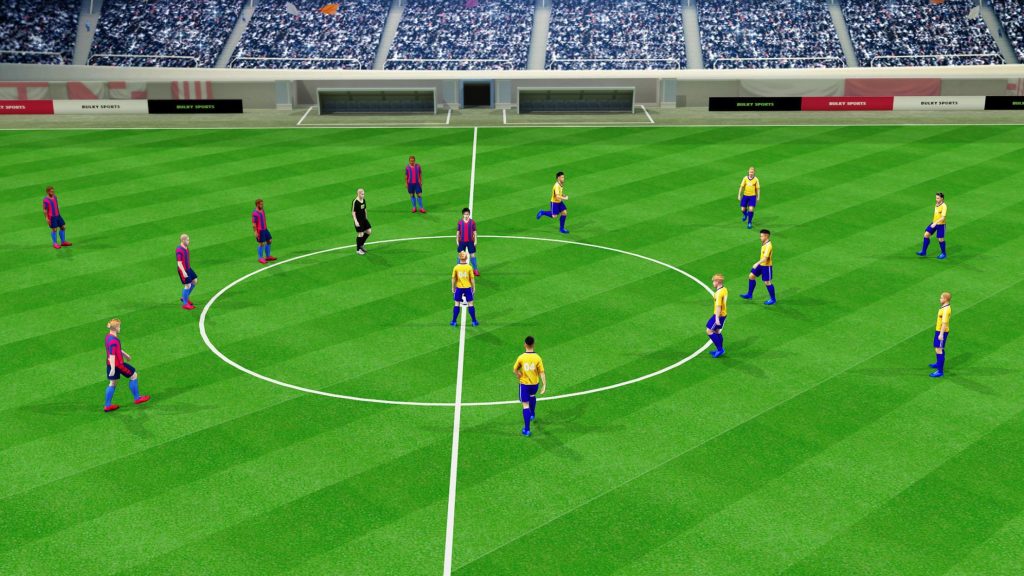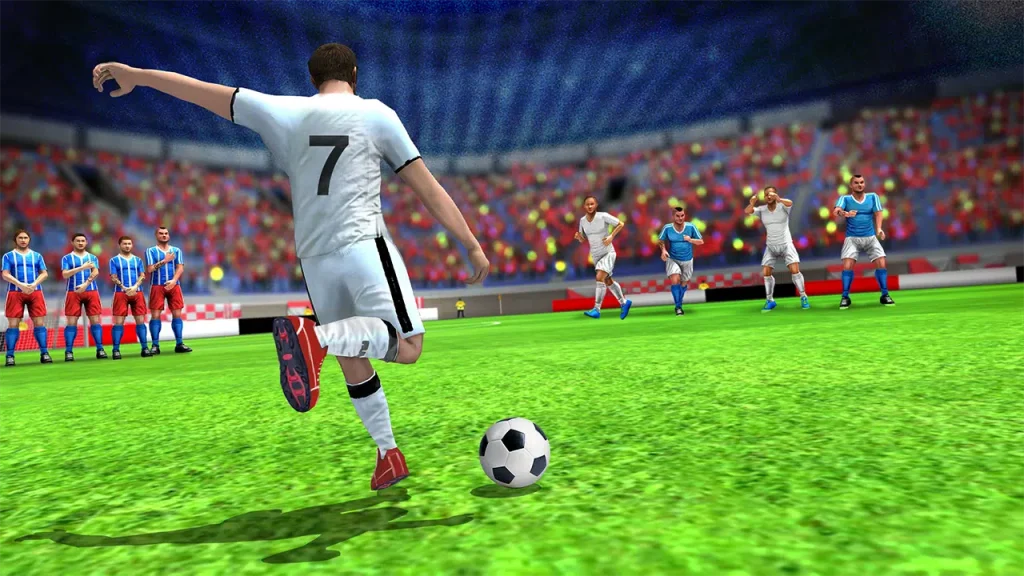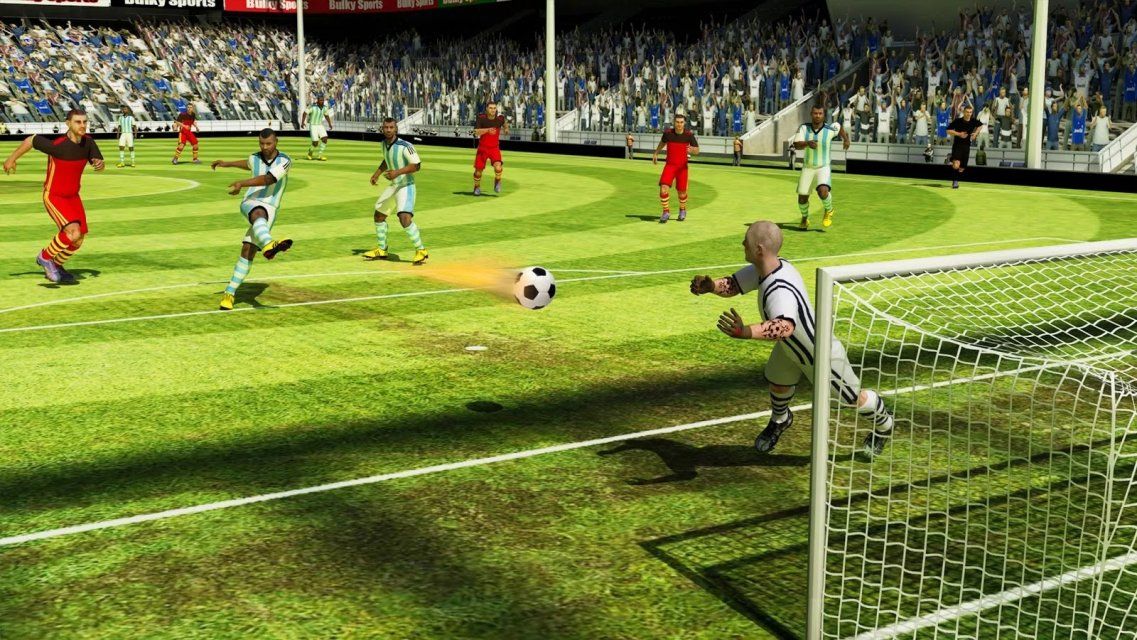Introduction
Soccer, known as football in most parts of the world, is the world’s most popular sport, and part of its universal appeal lies in its simple rules and clear structure. While the game may seem straightforward to a casual observer—two teams trying to score more goals than the other—there is much more to the way time is managed during a match. The minutes in a soccer game are not just a ticking clock; they represent moments of strategy, skill, endurance, and sometimes controversy. Understanding how minutes are structured in soccer is crucial for players, coaches, referees, and fans alike. From the official 90-minute match duration to stoppage time, extra time, and penalty shootouts, each minute can have a significant impact on the outcome of a game.
Standard Duration Of A Minutes In Soccer Game
A standard soccer game consists of 90 minutes of regular play, divided into two halves of 45 minutes each. These halves are separated by a halftime break, typically lasting around 15 minutes, during which teams regroup, rest, and receive tactical instructions from their coaches. While the 90-minute rule is a universal standard for professional soccer, its implementation has nuances. The game clock runs continuously during each half, meaning it does not stop for substitutions, fouls, or ball retrievals. Instead, any time lost during the match is compensated through stoppage time, which is added by the referee at the end of each half. The 90-minute duration ensures a balance between physical demand and competitive fairness, allowing the game to flow with minimal interruptions.

The Role Of Stoppage Time
Stoppage time, also known as injury time, is a crucial part of the time structure in soccer. Since the clock never stops during regular play, any interruptions—such as injuries, substitutions, time-wasting tactics, or VAR (Video Assistant Referee) checks—are compensated for by adding extra minutes at the end of each half. The referee determines how much stoppage time should be added based on the total time lost during play. For example, if multiple injuries occur in a half, the stoppage time could be extended to five or more minutes. Stoppage time often adds drama to a game, as crucial goals are sometimes scored in these final moments. In many cases, the most memorable and emotional events in soccer happen during stoppage time, making every second of it critical.
Extra Time in Knockout Matches
While regular-season matches in many leagues can end in a draw after the regulation 90 minutes, knockout games in tournaments often require a winner. In these situations, if the score is tied at the end of regular time, extra time is played. Extra time consists of two halves of 15 minutes each, making for an additional 30 minutes of play. Unlike regular time, extra time allows for a short break between the two 15-minute halves, usually about a minute, but not a full halftime. This additional playtime pushes the players’ physical endurance to the limit and tests their mental focus. Coaches may use this period to introduce fresh players through substitutions, hoping to influence the game’s outcome. If no winner emerges after extra time, the match proceeds to a penalty shootout.
Penalty Shootouts and Time Considerations
When extra time fails to produce a winner, a penalty shootout determines the outcome. Although a shootout is not timed in the same way as regular play, each kick is taken under immense pressure, and the moments leading up to each attempt are critical. The time spent during a penalty shootout is short compared to the full match, but the tension makes these minutes feel far longer for players and fans. Shootouts involve five penalty kicks for each team initially, and if the score remains tied, sudden-death penalties continue until one team gains a lead after an equal number of attempts. While this phase of the game doesn’t add to the official match minutes, it is still part of the overall competition duration.
The Halftime Interval
The halftime break in soccer is an essential part of the game’s time structure. Lasting approximately 15 minutes, halftime allows players to recover physically, receive tactical adjustments, and hydrate. For coaches, this is a golden opportunity to analyze the first half’s performance and communicate changes to the team. In high-stakes matches, halftime discussions can significantly alter the flow of the second half. For fans in the stadium and those watching at home, halftime is also a chance to reflect on the game so far, engage in discussions, or enjoy halftime entertainment. While halftime itself doesn’t add to the official playing minutes, its strategic importance in influencing the game’s second half cannot be overstated.

Time-Wasting and Game Management
One of the most debated aspects of soccer minutes is time-wasting. Teams in the lead sometimes use tactics such as slow substitutions, prolonged goal kicks, or taking time on throw-ins to reduce the amount of effective playtime for the opposition. While the referee can counteract this by adding stoppage time or even penalizing players for unsporting behavior, time-wasting remains a part of game management strategies. On the other hand, teams trailing in the scoreline often play with a faster tempo, attempting to maximize their remaining minutes. This push-and-pull over time is part of soccer’s psychological battle, where managing the clock effectively can be as important as managing the ball.
The Impact of Video Assistant Referee (VAR) on Minutes
The introduction of the Video Assistant Referee (VAR) system has added a new dimension to time management in soccer. VAR reviews can take anywhere from a few seconds to several minutes, depending on the complexity of the incident. While the actual playing time remains unchanged, these stoppages are compensated for through additional stoppage time. This means that in modern soccer, it is not unusual to see more than five or six minutes added at the end of a half. The use of VAR aims to ensure fair decisions, but it also increases the unpredictability of how long a match might last, keeping both players and fans on edge until the final whistle.
Historical Evolution of Soccer Minutes
The structure of minutes in soccer has evolved over time. In the early days of the sport, timekeeping was less precise, and referees had full discretion over match length. Over the years, governing bodies like FIFA standardized the 90-minute format to ensure fairness and consistency worldwide. The introduction of stoppage time became a way to account for lost minutes, while extra time and penalty shootouts were developed to ensure decisive outcomes in tournament play. The modern game has embraced technology, such as digital scoreboards and VAR, which has made time management more transparent, though still subject to human discretion.
Physical Demands and Player Fitness Over 90 Minutes
The minutes in a soccer game are not just about the clock—they are also about the physical exertion players endure. A professional soccer player can cover an average of 10–13 kilometers in a match, with bursts of sprinting, changes in direction, and constant movement. This physical demand is why the 90-minute duration is considered ideal for competitive balance. Players must pace themselves to ensure they can perform at a high level until the final whistle. Extra time increases the strain, requiring excellent fitness levels and strategic energy conservation. This is also why nutrition, hydration, and recovery are integral parts of a player’s preparation and performance during these minutes.
Psychological Pressure in the Final Minutes
The closing minutes of a soccer game often bring heightened psychological pressure. Whether a team is defending a narrow lead, chasing an equalizer, or trying to score a winner, the mental demands in the last moments can be immense. Players must remain composed under pressure, while coaches must make quick tactical decisions that could decide the match’s outcome. For fans, the final minutes can be the most thrilling or nerve-wracking part of the game. The unpredictability of soccer means that goals, fouls, or controversial decisions can happen at any moment, changing the course of the match right before the final whistle.

The Referee’s Discretion and Final Whistle
Ultimately, the exact length of a soccer game depends on the referee’s discretion. While the standard is 90 minutes plus stoppage time, the referee can end the game at any moment after the minimum added time has been played. In rare cases, matches may be abandoned or delayed due to weather, crowd trouble, or other unforeseen circumstances, which can drastically affect the total minutes played. The authority of the referee over match time is absolute, meaning that once the final whistle is blown, the result is official, regardless of how much or how little time was actually played.
Conclusion
The minutes in a soccer game are far more than just a measure of time—they are the heartbeat of the sport. From the structured 90 minutes of regular play to the unpredictability of stoppage time and the high-stakes drama of extra time and penalties, every second matters. The way minutes are managed impacts strategies, player performance, and ultimately the outcome of matches. Whether you are a player, coach, or fan, understanding the dynamics of soccer’s minutes enriches your appreciation for the beautiful game. These minutes encapsulate the passion, tension, and excitement that make soccer the most beloved sport in the world.

